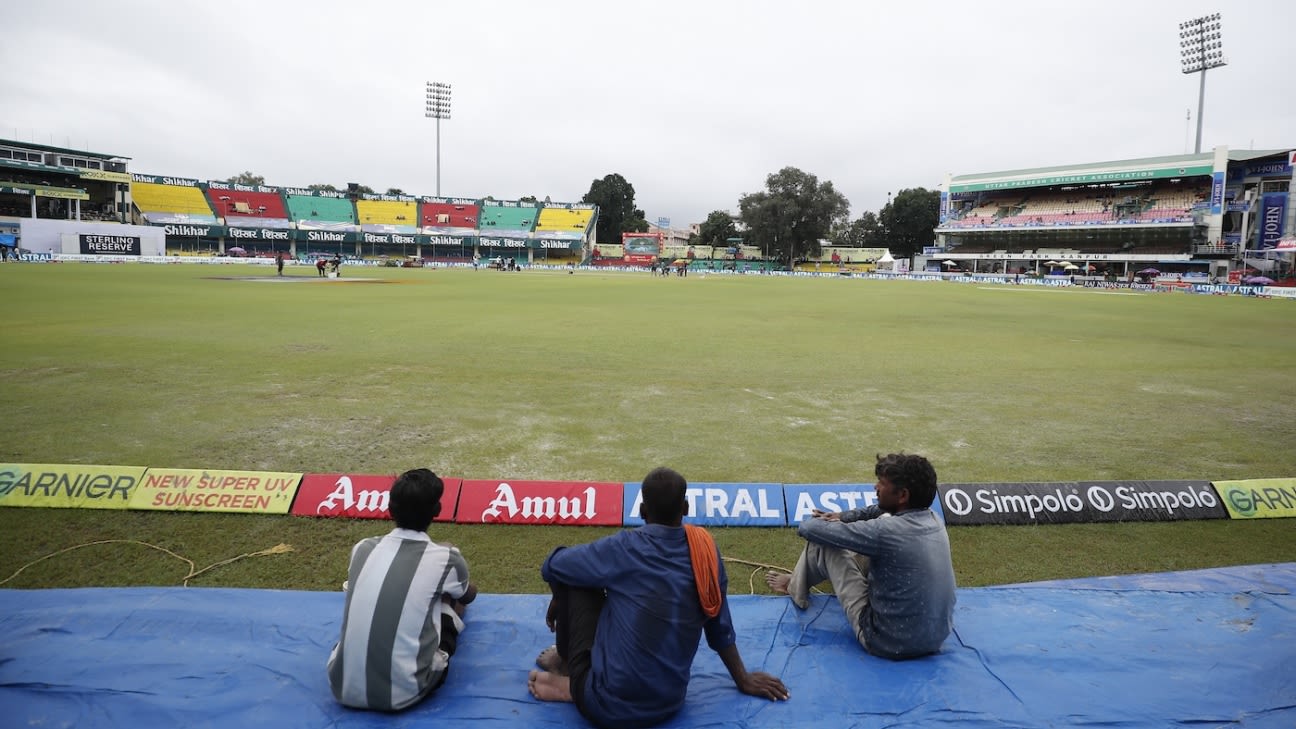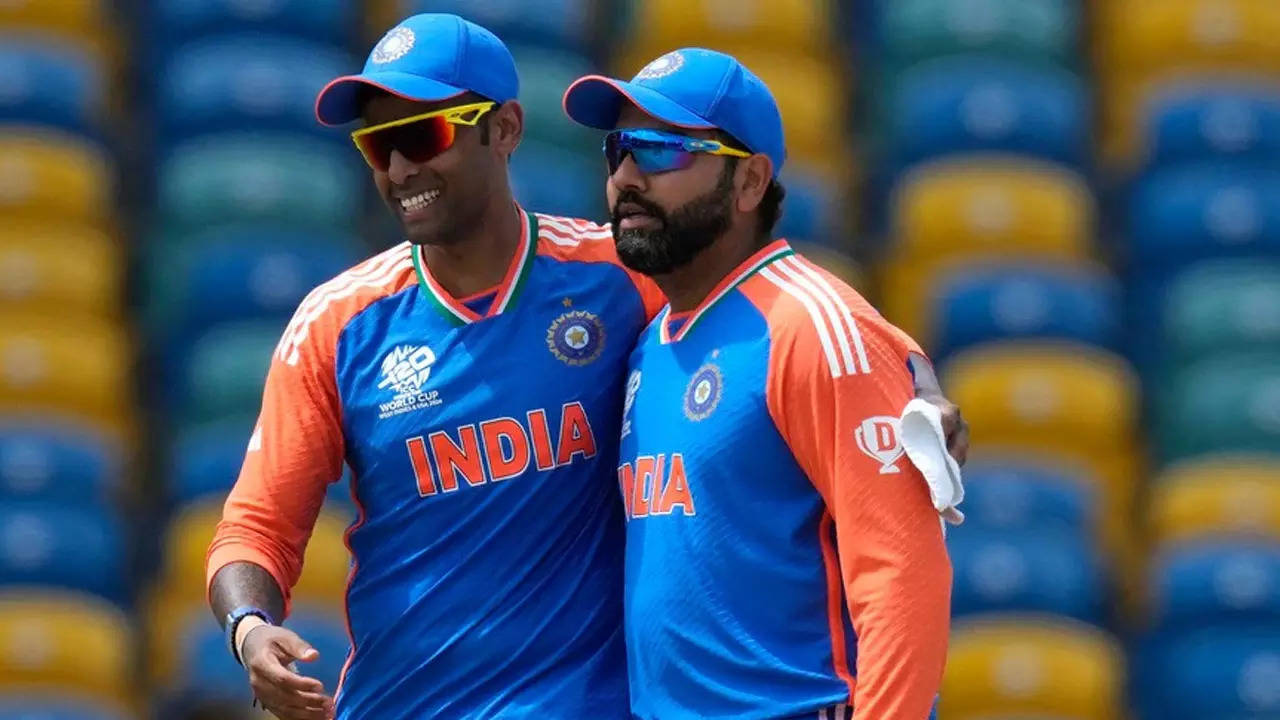In the realm of Test cricket, the toss holds immense significance, particularly at the Galle International Stadium in Sri Lanka. Traditionally, teams opt to bat first to capitalize on the most favorable batting conditions. However, this strategy is not merely about maximizing runs but also about mitigating the potential pitfalls that emerge later in the match.
In the recently concluded first Test between Sri Lanka and New Zealand, the hosts won the toss and elected to bat. Despite the early signs of a challenging pitch, Sri Lanka managed to post a respectable 305 in their first innings. However, the match took a dramatic turn as the pitch deteriorated, making batting increasingly difficult.
New Zealand’s batters initially enjoyed the more favorable conditions on day two, but they too succumbed to a late collapse. The match ultimately swung in Sri Lanka’s favor as the pitch became more treacherous, with 14 wickets falling on day four and two wickets within 15 minutes on day five.
Both teams acknowledged the importance of setting the tone early on, whether with the bat or ball. New Zealand head coach Gary Stead emphasized the significance of accumulating runs in the first innings to minimize the pressure in the second. Sri Lanka batting coach Thilina Kandamby echoed this sentiment, highlighting the need to establish a positive mindset and avoid collapses.
However, both teams identified areas for improvement. New Zealand could have capitalized on their strong position on day three, but they lost their remaining five wickets for 86 runs. Sri Lanka, on the other hand, experienced batting collapses in both innings, particularly among their top-order batters.
Sri Lanka’s tail-enders have also been a concern, with minimal contributions in terms of runs. The team has brought in Milan Rathnayake to address this issue, but Kandamby emphasized that they are actively working to improve the overall batting depth.
As the second Test approaches, both teams will be eager to learn from their mistakes and seize the initiative. The toss will once again play a crucial role, but the ability to adapt to the changing conditions and capitalize on key moments will ultimately determine the outcome.






